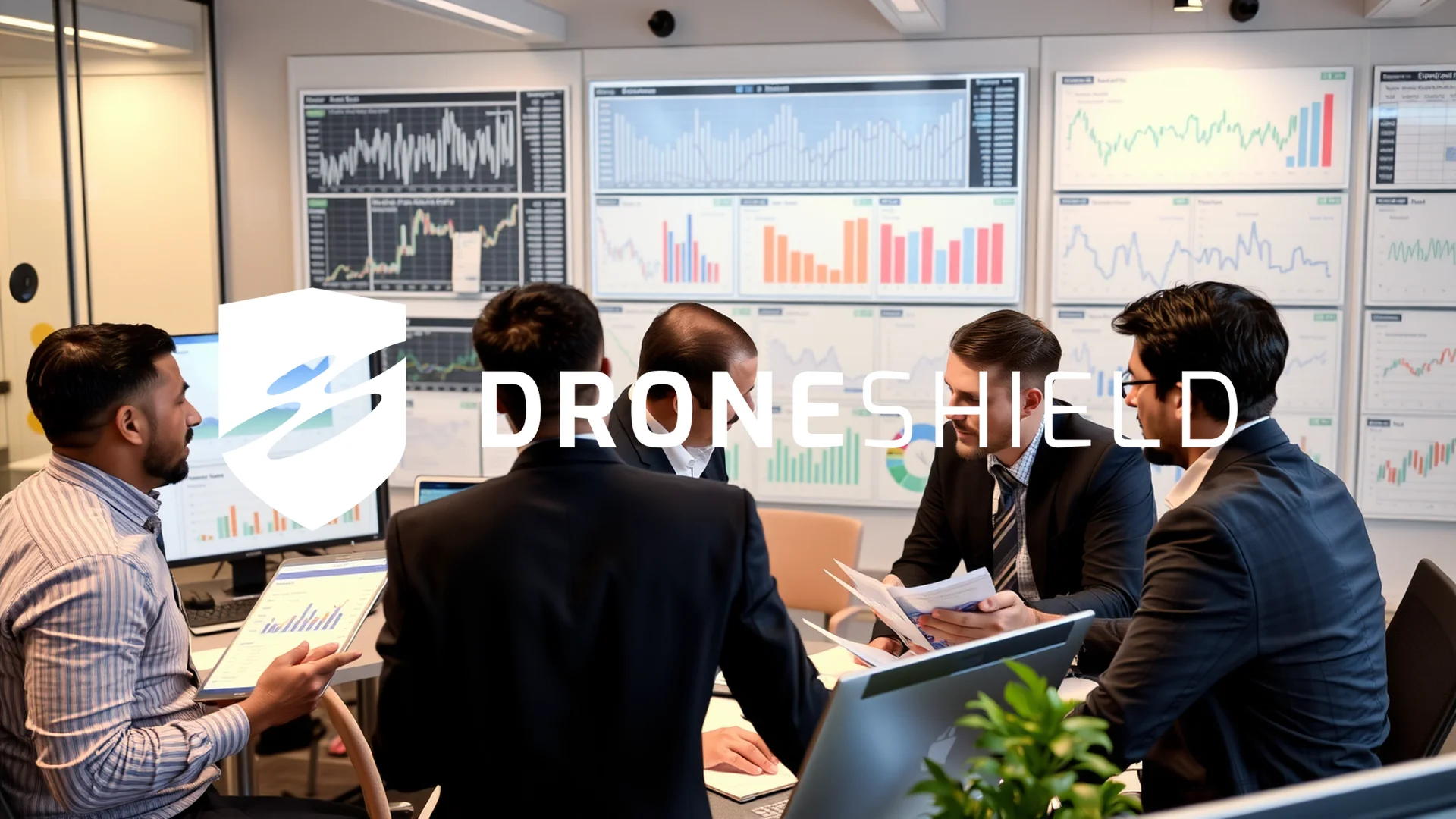The Australian defense technology firm DroneShield Ltd is confronting a severe collapse in market confidence after a series of governance failures triggered a massive selloff. Over a brutal two-week period, the company witnessed approximately A$4.3 billion evaporate from its market capitalization, representing a staggering 75 percent decline. This precipitous drop stems from an explosive combination of insider stock sales, sudden executive departures, and misleading contract announcements that have shattered investor trust.
Insider Transactions and Leadership Vacuum
Market regulators and investors were alarmed when DroneShield’s chief executive Oleg Vornik, chairman Peter James, and another board member liquidated their entire shareholdings during November. These disposals totaled A$70 million and occurred partly within a critical two-hour window following a misleading market announcement about a US government contract.
The situation deteriorated further on November 19 with the unexpected resignation of Matt McCrann, head of US operations, effective immediately. McCrann had been steering the company’s expansion in its most significant growth market since 2022. His departure, announced without any succession plan, leaves critical leadership gaps in DroneShield’s key operational territory.
Misrepresented Contract Announcement
On November 10, the company issued a statement announcing what appeared to be a new US government order worth $7.6 million. Subsequent investigation revealed this wasn’t a fresh contract but rather a repackaging of existing orders. The Australian Securities Exchange initiated inquiries, particularly questioning why executives sold A$2.4 million worth of shares during the two hours following the misleading announcement.
DroneShield addressed these concerns in a nine-page response to regulators but failed to provide convincing explanations for the timing of insider sales or the misleading nature of the contract announcement. This credibility damage is particularly severe given the company’s legitimate historical contracts, including a $5.7 million order in May 2024 and a $7.9 million agreement in September 2025.
Short Sellers Capitalize on Turmoil
Regulatory data indicates short positions against DroneShield have surged 62 percent over the past fortnight, reflecting professional investors’ bets on further price declines. Market strategists observe that confidence has been fundamentally undermined.
“Investors have lost faith after directors – including the CEO and chairman – sold every single share they owned,” noted Ron Shamgar, head equity strategist at TAMIM Asset Management.
Should investors sell immediately? Or is it worth buying DroneShield?
Hugh Lam of Betashares added that market participants now demand “clearer signals on contract finalization, more stable governance, and tighter cash management” before considering any stock revaluation.
Operational Performance Contrasts Management Chaos
Despite the leadership crisis, DroneShield’s underlying business demonstrates continued strength. The company has secured 78 purchase orders in 2025 with a median value around $400,000, exceeding the 66 orders received throughout entire 2024 with a $200,000 median value.
Manufacturing capacity is undergoing significant expansion, with plans to increase annual production capability from A$500 million to A$2.4 billion by late 2026. This includes establishing new assembly facilities in Europe and the United States.
Recent operational milestones include delivery of a European order worth $62 million, with several potential contracts exceeding $100 million each in the pipeline – including one potential agreement valued at approximately $800 million.
The company’s AI-powered counter-drone technology remains deployed globally by military, intelligence agencies, governments, and critical infrastructure operators. Product development continues with the RFAI-ATK AI software platform scheduled for release around mid-2026.
Recovery Prospects and Market Outlook
In another concerning development, DroneShield unexpectedly canceled a scheduled investor briefing on Friday that was intended to calm market nerves. The company has remained silent regarding succession planning or enhanced governance measures.
Technical analysis suggests the stock may be approaching a support zone between A$0.80 and A$0.85, corresponding to June’s lows. Any meaningful recovery will require more than strong operational metrics – management must demonstrate lessons learned from this crisis and implement transparent governance standards matching the company’s technological capabilities.
Ad
DroneShield Stock: Buy or Sell?! New DroneShield Analysis from November 24 delivers the answer:
The latest DroneShield figures speak for themselves: Urgent action needed for DroneShield investors. Is it worth buying or should you sell? Find out what to do now in the current free analysis from November 24.
DroneShield: Buy or sell? Read more here...













